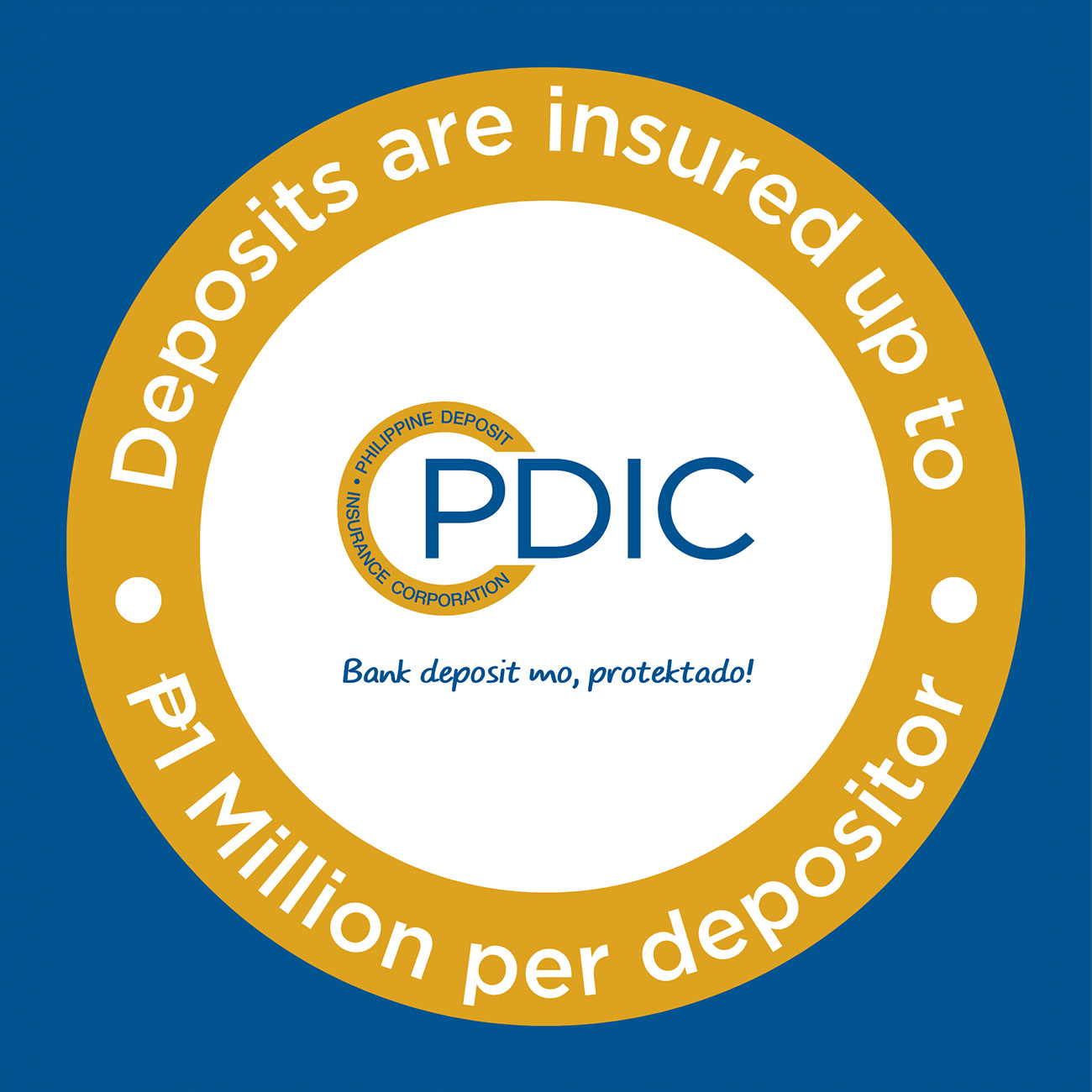The Challenge
The Pacific Ring of Fire and the Typhoon Belt are textbook terms for most of us, but for the 114 million people living in the Philippines, their unpredictability and widespread devastation are unnervingly familiar.
Since 1990, the archipelago has been struck by nearly 600 natural disasters, including tropical cyclones, tsunamis, earthquakes, volcanoes, floods, landslides and droughts.
“Following a series of very strong typhoons in 2009 that killed more than 900 people and caused extensive damage, it brought to the fore our thinking that we needed to do something about the impact of these risks on the country and our communities,” says Eric Luchangco, Chief Sustainability Officer at Bank of the Philippine Islands (BPI), Southeast Asia’s longest-standing bank and one of the Philippines’ largest banks.
The Impact
To determine the impact of climate change on the Philippines, BPI commissioned a four-year, 16-city study with the World Wide Fund for Nature from 2010 to 2014. The devastation of super typhoon Yolanda in 2013 further accelerated the momentum of the study, and strengthened BPI’s resolve in tackling climate and environmental risks.
“Seeing how heavily exposed to environmental risks certain Philippine cities are, and witnessing their impact in real time was a wake-up call for us. And we wanted to share that wake-up call with others,” notes Luchangco. So from 2014 to 2019, BPI further expanded its nation-wide road-shows aimed at sharing the results of the study across the Philippines and build awareness of environmental risks across communities.
In 2019, BPI took its mission a step further by launching Environmental Risk Assessment (ERA) to assess the climate and environmental risks of its corporate borrowers – a first among the country’s financial institutions. Powered by HazardHunterPH, an environmental risk scoring platform by the Department of Science and Technology and the Philippine Institute of Volcanology and Seismology, ERA uses real-time, location-based information to develop a natural hazard risk exposure assessment of BPI’s corporate clients as well as its own assets, to include bank branches, ATMs or employees’ locations.
“ERA began as a tool that we use very actively in assessing our corporate and SME borrowers. Today, BPI has expanded the implementation of ERA to cover retail as well as mass market clients. It’s not a case of ‘if this risk is not mitigated, then we're not going to lend.’ But it opens up the conversation with our borrowers to identify and manage those risks,” says Luchangco. “It’s about helping our customers stay prepared and make better decisions.”
The Takeaway
Now fully integrated into BPI’s operations nationwide, ERA’s impact has grown from keeping climate conversations front of mind, to building climate resilience through practical adaptation measures.
As Luchangco notes, “If you’re in an area prone to flooding, what can you do? It's not about telling our clients or employees to move, but perhaps it’s about installing mitigating structures or elevating the facility a bit and making sure they have adequate insurance. One of our developer clients, Bamberton, actually installed a seismic-based roller isolation system that allows the building to better survive high-magnitude earthquakes and insulate the building from risk – a first among high-rise buildings in the Philippines.”
With environmental risks rapidly emerging as the new financial risk, BPI’s ambition is for more banks to start initiatives aimed at helping their stakeholders increase preparedness and resilience through early conversations on potential risks and mitigations.
“It’s important to develop a strong culture of broadening this knowledge across other communities,” Luchangco says. “We need to engage with more people to create that multiplier effect of environmental risk awareness. In the end, as we impact the environment, the environment turns back around and impacts us.”


